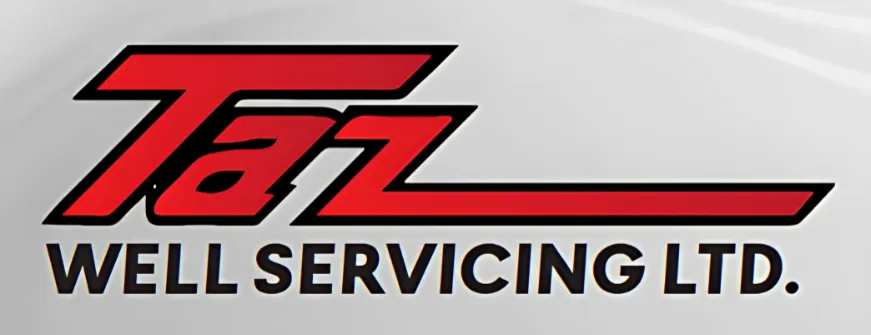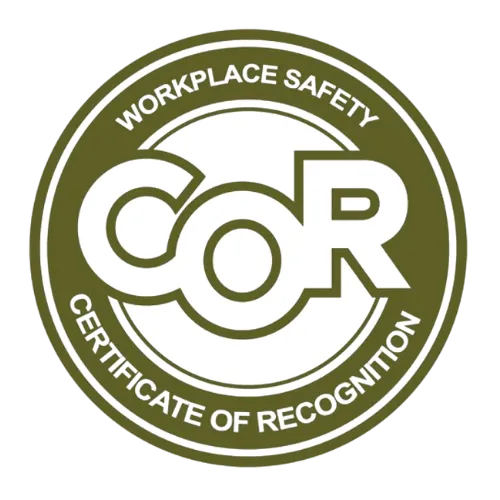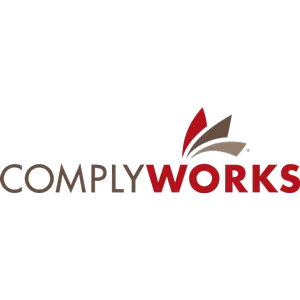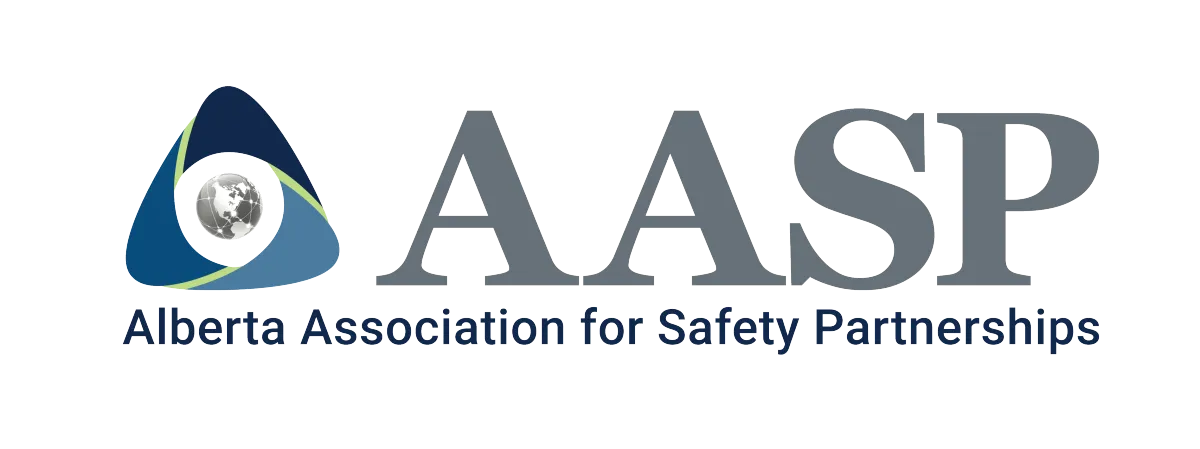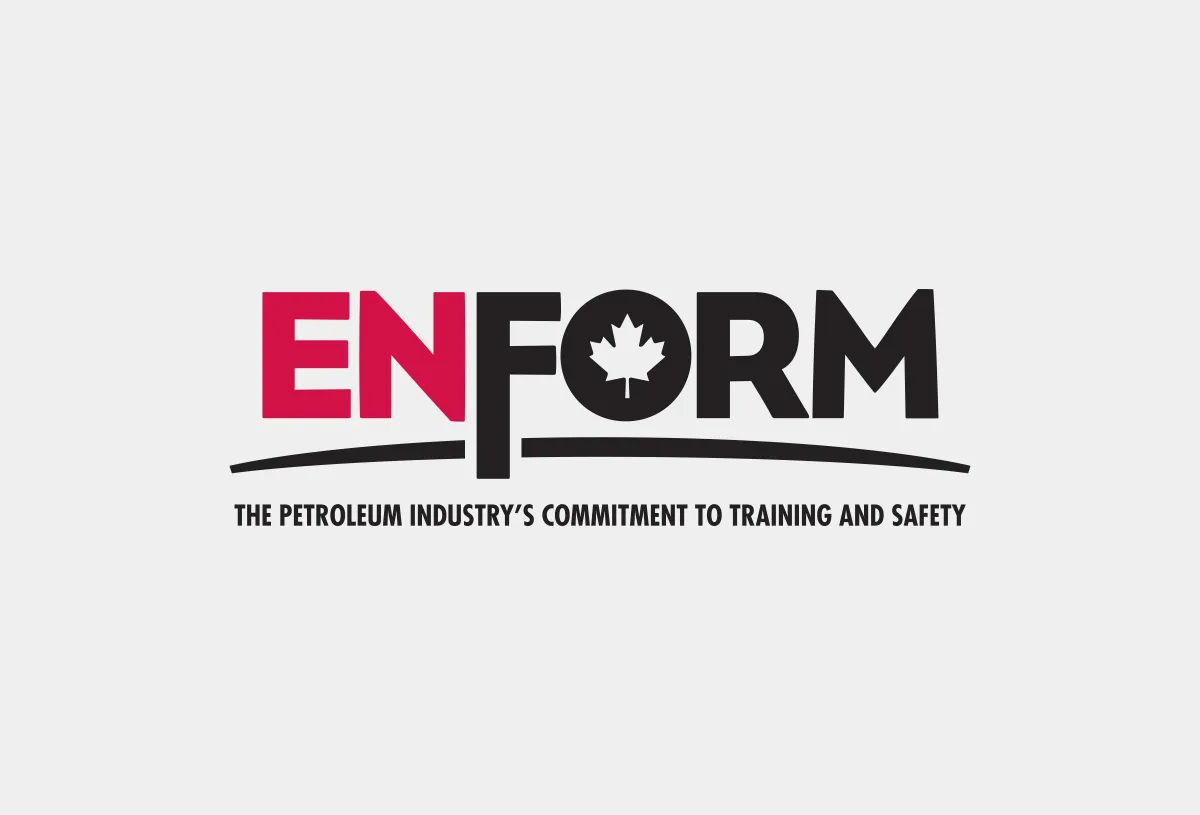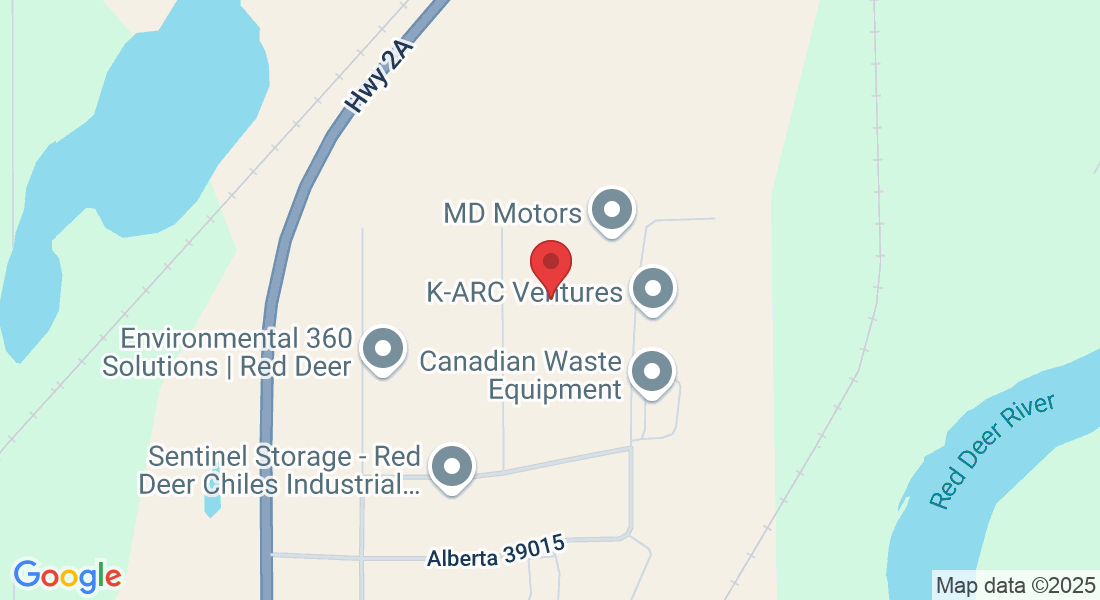Safety
Proven. Certified. Trusted across Canada’s Oil & Gas Sector.
At TAZ Well Servicing Ltd., safety isn’t a checkbox — it’s our core value. Our record is backed by nationally recognized certifications, advanced prevention systems, and a strong bootson-the-ground safety culture.
Why Safety is Our Core Value
TAZ Well Servicing is committed to a safe, certified, and compliant work environment. We maintain multiple nationally recognized safety credentials — meeting or exceeding the highest standards in Canada’s oil and gas industry.
SAFETY CREDENTIALS
TAZ Well Servicing follows all industry safety guidelines and maintains full compliance with provincial standards, backed by a current Certificate of Recognition (COR).
DROPS Prevention Program
Stopping Incidents Before They Start
Dropped objects are a leading cause of oilfield injuries. Our certified DROPS program addresses this head-on with proactive prevention and field-based accountability.
Key Components:
Daily tool and equipment inspections
Color-coded tagging
Secure storage and tethering
Worker awareness and hazard training
Our DROPS program reduces incidents and increases safety confidence site-wide.
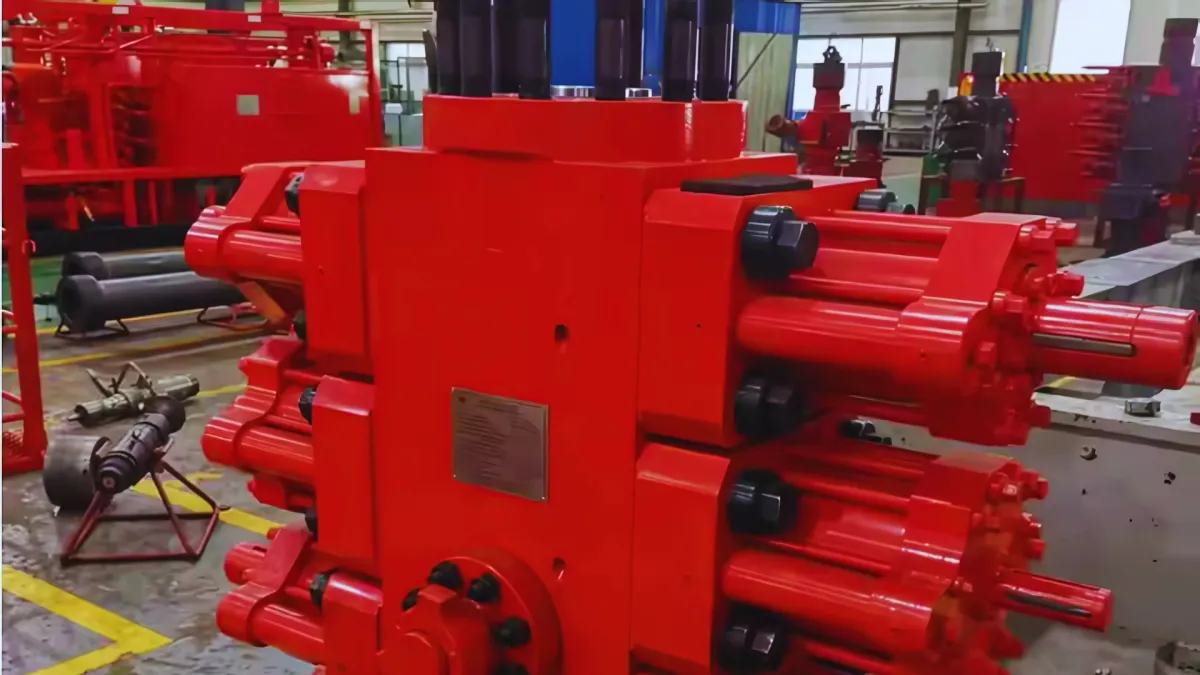
EQUIPMENT CAPABILITIES
5K - 10K PRESSURE CONTROL EQUIPMENT
An Impressive Inventory of Certified BOP’s from Class I to Class III
Blow-Out Preventers (Quad, Dual, and Single Ram Bore)Stripper/Packers (Single and Dual Packer Designs)LubricatorsAdapters/Crossovers
Safety Management System (SMS)
Tested in the Field.
Our SMS framework tracks, trains, and improves every layer of field safety — tested and refined under real conditions.
What it includes:
Worker training and recertification
On-site safety briefings and audits
Incident reporting with root-cause analysis
Toolbox talks and lessons-learned reviews
📈 100% training compliance across all staff.
Our Safety Track Record
Metric Result
Total Recordable Incident Rate 0.0(YTD)Days Since Last LTI 1,275+ days
COR Audit Score 97%
Certifications Renewed ✅ 2025 Ready
Metric Result
Total Recordable Incident Rate - 0.0 (YTD)
Days Since Last LTI - 1,275+ days
COR Audit Score - 97%
Certifications Renewed - ✅ 2025 Ready
CLIENT TESTIMONIALS
See what our clients are saying.
Coil or Nitrogen, we’re ready when you are.
Frequently Asked Questions
What are the key safety risks in coil tubing operations?
Major coil tubing safety risks include high-pressure blowouts, injector failures, tubing buckling, and reel malfunctions. Safety protocols require proper BOP (blowout preventer) systems, brake testing on reels, use of personal protective equipment (PPE), and constant pressure monitoring.
What are the safety precautions when handling nitrogen in oilfield services?
Nitrogen pumping involves cryogenic and high-pressure hazards. Key precautions include:
Monitoring oxygen levels to prevent asphyxiation
Wearing insulated gloves and face shields
Using proper venting and pressure-relief systems
Avoiding enclosed spaces during purging or displacement
What general safety certifications are required for oilfield work?
Core safety certifications include:
H₂S Alive
First Aid and CPR
WHMIS (hazardous materials)
TDG (transport of dangerous goods)
CSTS or equivalent construction safety training
Fall protection and confined space entry (site-dependent)
What are the environmental and safety requirements during well abandonment?
Well abandonment must prevent future leaks and groundwater contamination. Safety steps include:
Isolating all hydrocarbon zones with cement plugs
Verifying pressure integrity
Using heavy fluid displacements to control formation pressure
Cutting and capping surface casing securely
Completing final site inspections and environmental checks
